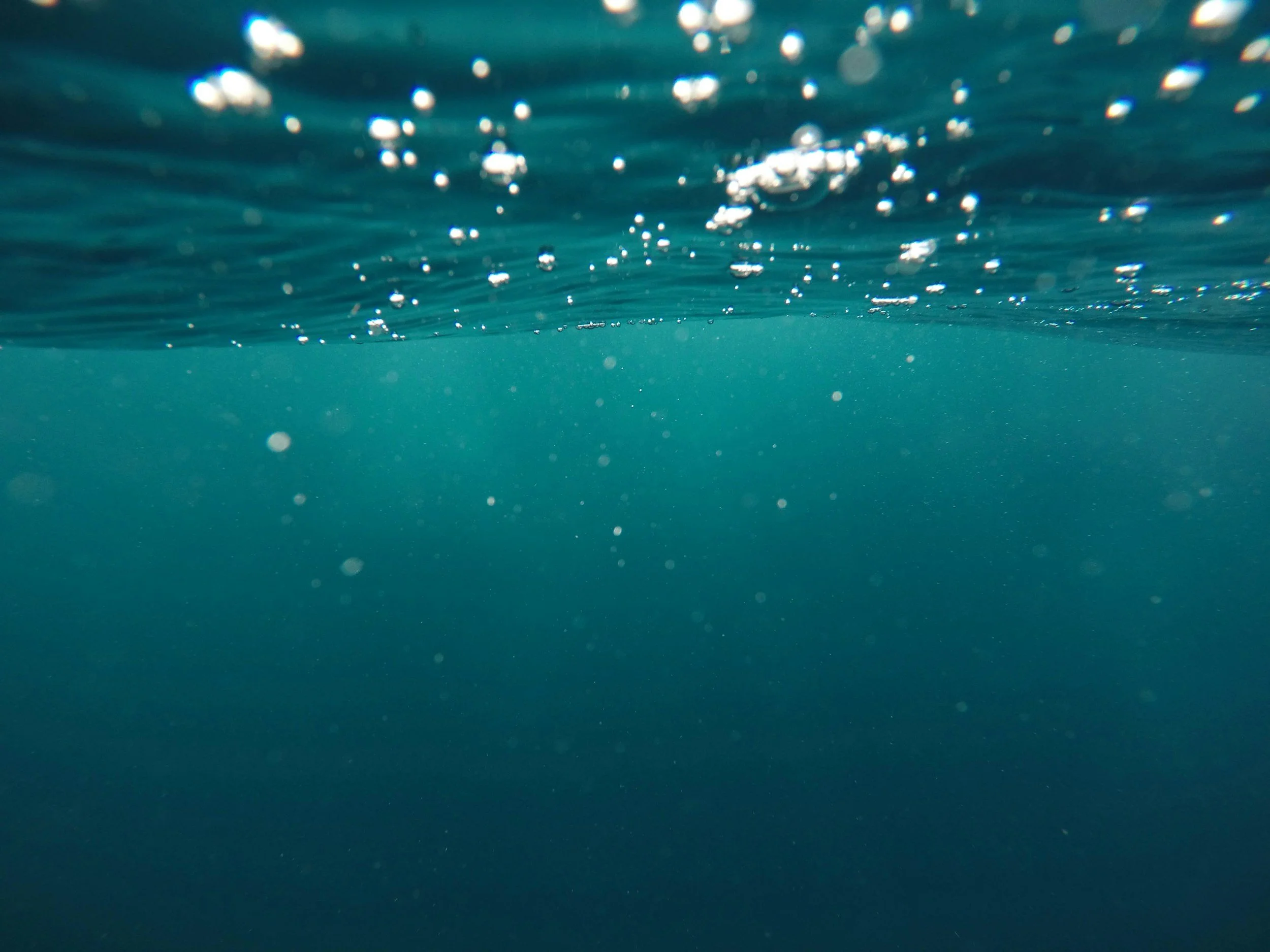
Unit 8: Equilibrium
What is causing ocean acidification, what are its effects, and can we slow it down?
About
Unit 8 Contents
A. Unit Resources
B. Unit Information
C. Standards & Practices
D. Task Sets
8.1 - Unit Opener
8.2 - Disappearing Shells Rate Lab
8.3 - Equilibrium Demo
8.4 - Equilibrium
Unit Outcome
Make predictions and construct explanations for the effects of changing reaction conditions on reaction rates and equilibria.
Anchoring Phenomenon
The shells of Dungeness crab are thinning.
Essential Question
What is causing ocean acidification, what are its effects, and can we slow it down?
Unit 8 Planner
Links to All Instructional Materials
This planner contains links to all Unit 8 lessons, lesson materials, and teacher notes.
How is the Unit Structured?
Unit 8 contains 5 task sets which will take approximately 6 90 minute class periods to complete.
Unit Resources
Open Access Unit 8
This Google folder (English) - houses all documents for this unit that have been updated.
This Google folder (Spanish) - houses all documents for this unit that have been updated.
Vocabulary List
These are the vocabulary terms used and discussed in the unit.
Teacher Notes, Tests, Quizzes, Rubrics and Keys (English)
Teacher Notes, Tests, Quizzes, Rubrics and Keys (Spanish)
These are restricted documents. Restricted-access materials are for teachers only. You must request access. To request access to the restricted folder, please fill out this linked Google form.
Unit Information
-
Task Set 1 - Unit Opener
Students generate questions related to the crab shell phenomenon.
Task Set 2 - Disappearing Shells Rate Lab
Students plan an investigation, collect data on their factor to see how it affects the rate at which chalk dissolves in an acidic environment.
Students create models of what happens to the molecules in the different solutions.
Task Set 3 - Equilibrium Demo
Students reflect on the demonstration of equilibrium.
Task Set 4 - Equilibrium
Students create a video to show how we could reverse ocean acidification
-
These assessments require that the teacher have access to restricted files. To request access please fill out this linked Google form
HS-PS1-5: Apply scientific principles and evidence to provide an explanation about the effects of changing the temperature or concentration of the reacting particles on the rate at which a reaction occurs.
HS-PS1-6: Refine the design of a chemical system by specifying a change in conditions that would produce increased amounts of products at equilibrium.*
Standards & Practices
-
HS-PS1-5: Apply scientific principles and evidence to provide an explanation about the effects of changing the temperature or concentration of the reacting particles on the rate at which a reaction occurs. [Clarification Statement: Emphasis is on student reasoning that focuses on the number and energy of collisions between molecules.] [Assessment Boundary: Assessment is limited to simple reactions in which there are only two reactants; evidence from temperature, concentration, and rate data; and qualitative relationships between rate and temperature.]
HS-PS3-4: Refine the design of a chemical system by specifying a change in conditions that would produce increased amounts of products at equilibrium.* [Clarification Statement: Emphasis is on the application of Le Chatelier’s Principle and on refining designs of chemical reaction systems, including descriptions of the connection between changes made at the macroscopic level and what happens at the molecular level. Examples of designs could include different ways to increase product formation including adding reactants or removing products.] [Assessment Boundary: Assessment is limited to specifying the change in only one variable at a time. Assessment does not include calculating equilibrium constants and concentrations.]
-
This unit focuses on these Disciplinary Core Ideas
PS1.B: Chemical Reactions
Chemical processes, their rates, and whether or not energy is stored or released can be understood in terms of the collisions of molecules and the rearrangements of atoms into new molecules, with consequent changes in the sum of all bond energies in the set of molecules that are matched by changes in kinetic energy.
In many situations, a dynamic and condition-dependent balance between a reaction and the reverse reaction determines the numbers of all types of molecules present.
ETS1.C: Optimizing the Design Solution
Criteria may need to be broken down into simpler ones that can be approached systematically, and decisions about the priority of certain criteria over others (tradeoffs) may be needed. (secondary)
-
This unit focuses on these Science and Engineering Practices
Constructing Explanations and Designing Solutions. Constructing explanations and designing solutions in 9–12 builds on K–8 experiences and progresses to explanations and designs that are supported by multiple and independent student-generated sources of evidence consistent with scientific ideas, principles, and theories.
Apply scientific principles and evidence to provide an explanation of phenomena and solve design problems, taking into account possible unanticipated effects
Refine a solution to a complex realworld problem, based on scientific knowledge, student-generated sources of evidence, prioritized criteria, and tradeoff considerations
-
Patterns
Different patterns may be observed at each of the scales at which a system is studied and can provide evidence for causality in explanations of phenomena.
Stability and Change
Much of science deals with constructing explanations of how things change and how they remain stable.
